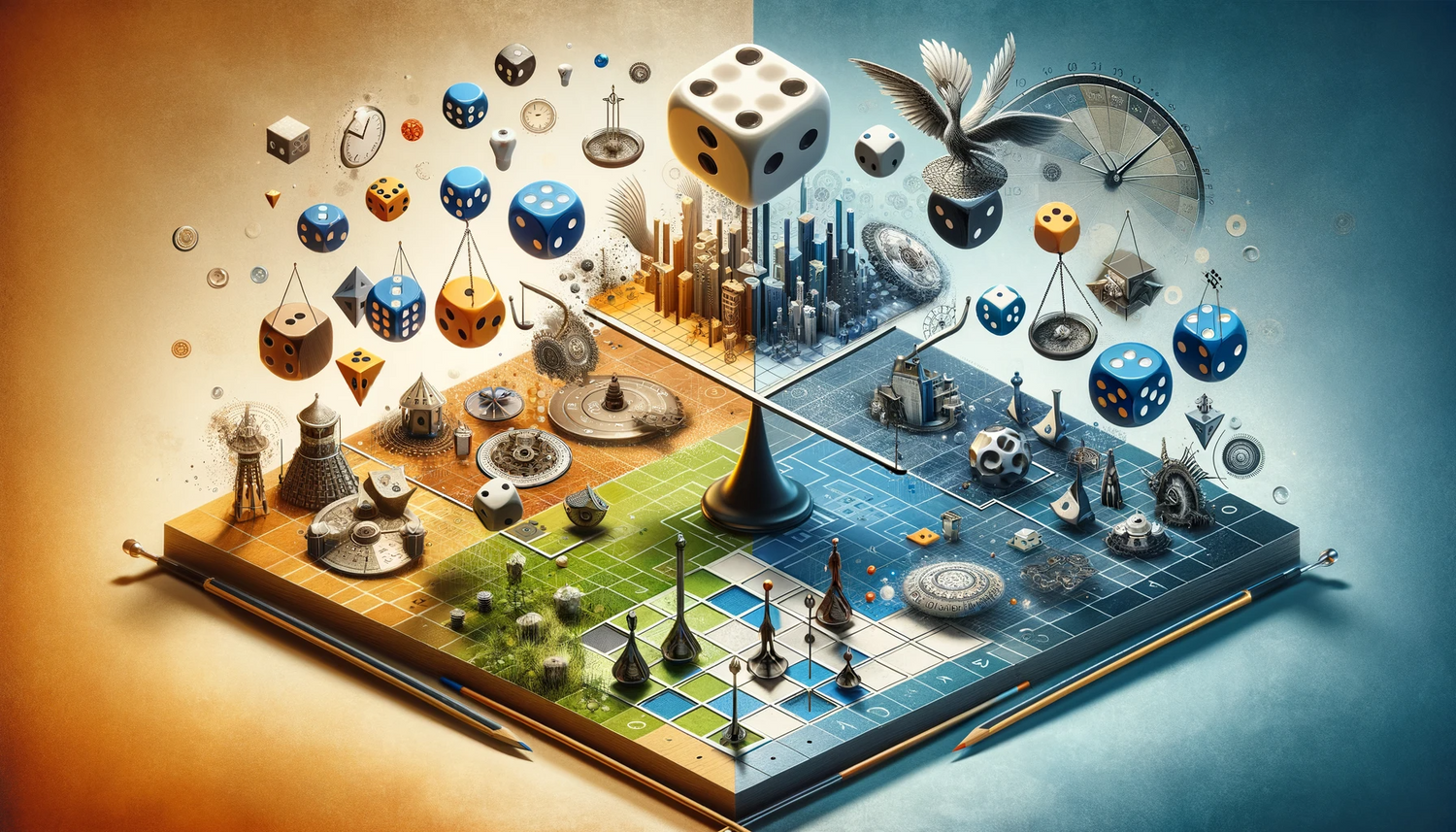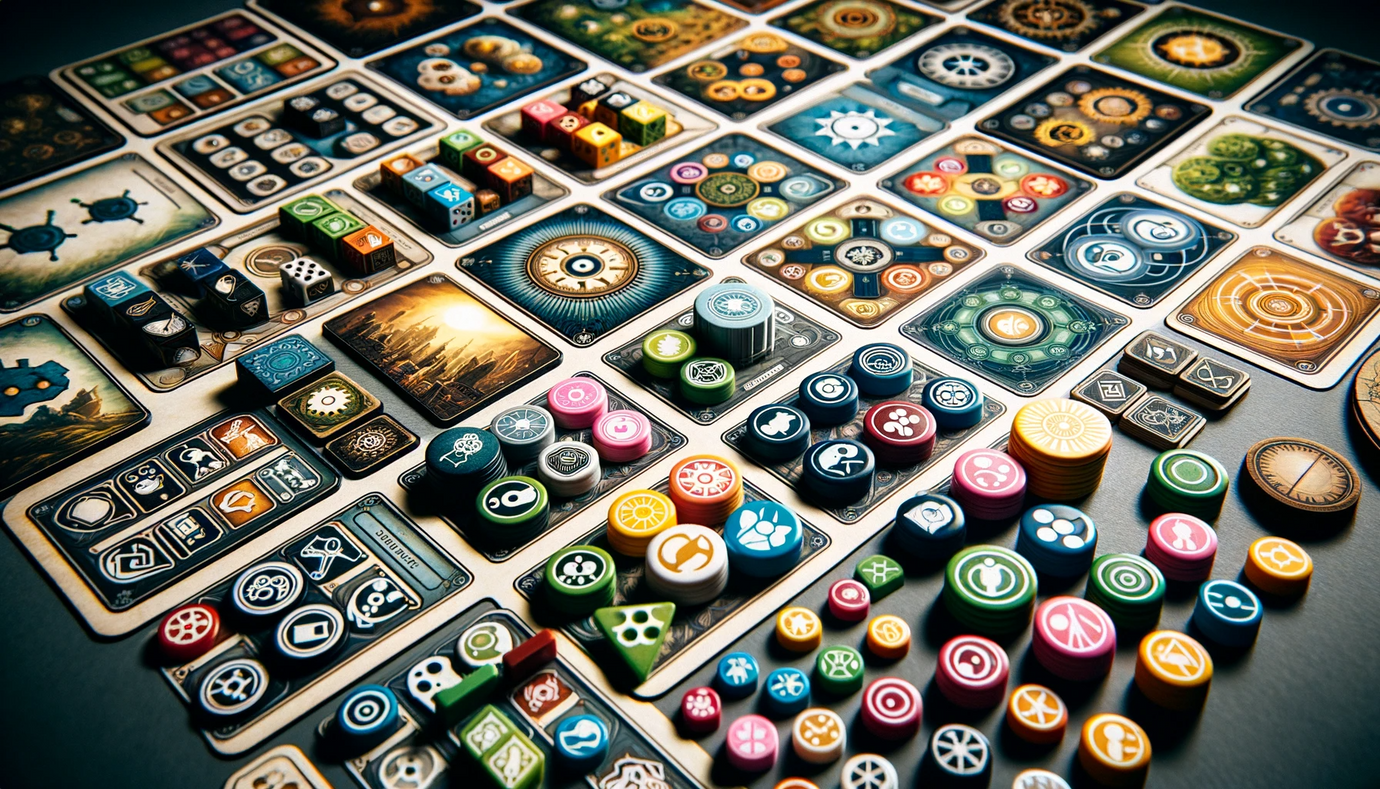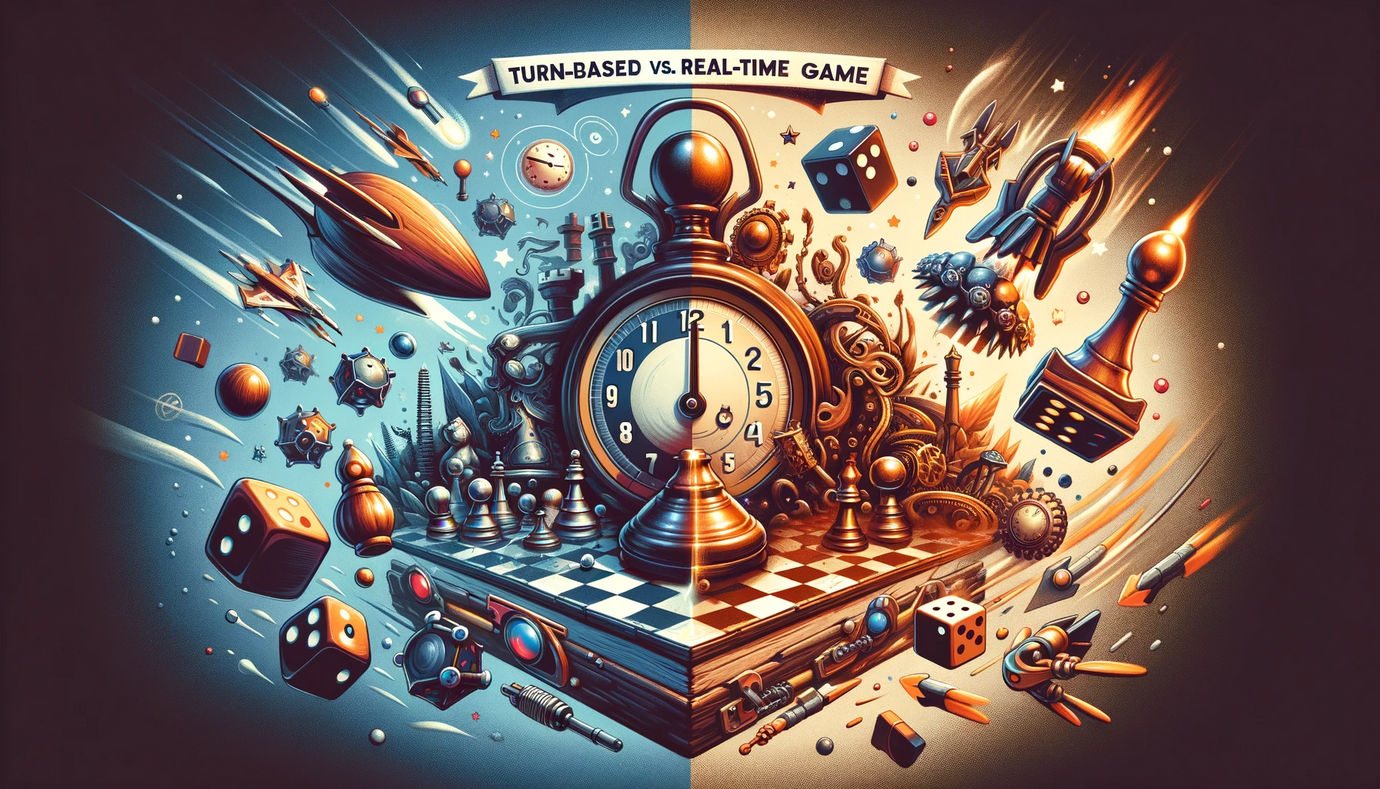Balancing Game Complexity for Various Audiences

Introduction
Creating a board or card game that appeals to a wide range of audiences, each with different preferences for complexity, is a challenging yet rewarding aspect of game design. The key lies in striking a balance where the game remains accessible to newcomers while offering enough depth and challenge for seasoned gamers. This blog post will delve into strategies for balancing game complexity, ensuring that your game can be enjoyed by a diverse spectrum of players.
Understanding Game Complexity
Game complexity refers to the depth of strategy, number of rules, and the cognitive load required to play the game. It can range from simple, easy-to-understand games to complex games with intricate mechanics and multifaceted strategies.
1. Identifying Your Target Audience
Diverse Player Base: Consider the range of players who might be interested in your game. This includes casual gamers, hobbyists, and hardcore strategists.
Designing for Accessibility: Ensure that the game is accessible to less experienced players without diluting the experience for more seasoned players.
2. Simplifying Rules Without Sacrificing Depth
Clear Rulebook: Write a clear and concise rulebook. Avoid unnecessary jargon and overly complex explanations.
Streamlined Mechanics: Develop game mechanics that are straightforward to understand but allow for strategic depth. The best mechanics have simple rules but deep gameplay implications.
3. Modular Game Design
Adjustable Complexity: Consider a modular design where players can add or remove components or rules to adjust the game’s complexity.
Optional Rules and Modes: Provide optional rules or game modes that cater to different skill levels and preferences.
4. Balancing Strategic Depth
Multiple Paths to Victory: Offer various strategies that players can pursue. This can cater to different play styles and levels of strategic thinking.
Dynamic Gameplay: Design mechanics that allow the gameplay to evolve, offering new challenges and opportunities for strategic play as players become more skilled.
5. Designing for Scalability
Scalable Difficulty: Implement mechanics that can be scaled in difficulty. For example, variable game setups or AI opponents with different levels of challenge.
Learning Curve: Design the game with a learning curve that gradually introduces players to more complex aspects as they become more familiar with the basics.
6. Playtesting Across Skill Levels
Broad Range of Playtesters: Test the game with a wide range of players, from beginners to experts. Observe how each group interacts with the game.
Balanced Feedback: Balance the feedback from different player types. What might be confusing for a beginner could be what makes the game appealing to a more experienced player.
7. Creating Engaging Tutorials and Learning Tools
Step-by-Step Tutorials: Offer tutorials or guided play-throughs for new players. This can be in the form of a rulebook section, video tutorials, or in-game guided scenarios.
Quick Reference Guides: Provide quick reference cards or sheets that summarize key rules and actions available to players.
8. Addressing Different Player Preferences
Game Length and Complexity: Consider that preferences for game length often correlate with complexity tolerance. Shorter games tend to be simpler, while longer games can afford more complexity.
Player Interaction Levels: Different levels of player interaction can cater to various preferences. Some players enjoy direct competition or cooperation, while others may prefer less confrontational interactions.
9. Iterative Design and Continuous Improvement
Iterative Process: Game design is an iterative process. Continuously refine the game based on feedback and testing to find the right balance.
Openness to Change: Be open to making changes, even significant ones, if they improve the game’s accessibility and appeal.
10. Marketing and Communication
Clear Communication: In your marketing and communication, clearly convey the game’s complexity level. This sets the right expectations and helps players find a game that suits their preferences.
Highlighting Versatility: If your game is designed to cater to a wide range of complexities, highlight this versatility as a key feature.
Balancing game complexity for various audiences is about finding that sweet spot where the game remains engaging and accessible for newcomers while offering enough richness and depth for experienced players. Through clear rules, scalable complexity, thoughtful playtesting, and effective learning tools, you can create a game that welcomes a wide spectrum of players. Remember, the goal is to design a game that players of all skill levels can enjoy, each finding their own path and challenge in the world you’ve created.








